With so many digital marketing tactics to choose from, deciding where to put your
marketing dollars can be tough. As well as attracting new customers, you have the crucial task of retaining existing ones. Which makes it even more important that you spend your marketing budget wisely.
If you consider the statistics, email marketing is one of the most cost-effective ways to reach and engage your customers:
- For every dollar spent on email campaigns, the return on investment (ROI) is close to $42
- Emails are 40 times more powerful than social media platforms for acquiring new customers
Which goes to show that as a small business owner, you have a lot to gain from email marketing.
So, whether you’ve just started your business venture or you’re trying to expand, we have 10 proven email marketing strategies to drive explosive growth for your small business in 2024.
Page Contents
1. Grow your email list organically
If you’re looking to maximise your email marketing ROI, it’s essential to grow a healthy email list. While growing your email list is important, make sure you are always abiding by privacy and spam regulations in your target audience’s country.
Good content is paramount to a successful email marketing strategy. Therefore, when you’re building an email list, you must ensure that your content is of good quality and provides value to people. Once this fundamental requirement is met, you can start growing your email list in the following ways:
- Include email sign-up forms on your website – make it easy for people to register for your mailing list by optimising your sign-up forms and experimenting with different types of forms, such as exit pop-up forms.
- Use social media to ask people to sign up – include a reward to encourage more people to join your list. The reward doesn’t have to be big – even something like a free recipe or reward points can work wonders.
- Offer attendees at trade shows and virtual events a way to sign up – consider adding QR codes to all of your event marketing materials, including flyers, direct mail, event posters, and your program. Another way is by integrating the event registration with email sign-ups.
- Host social media contests – organise a Facebook giveaway or a ‘tweet to win’ contest, where you ask people to enter their email address, Twitter handles, and a message about your product or service. Once the participant has filled out the form, they will share the tweet on their Twitter account. Once this is done, you can randomly select a winner after a few days, and notify the winners by email.
- Offer free valuable content in lieu of email addresses – in the example below, the message on the form clearly explains the incentive, while inviting the recipient to enter their email address to gain access to it.
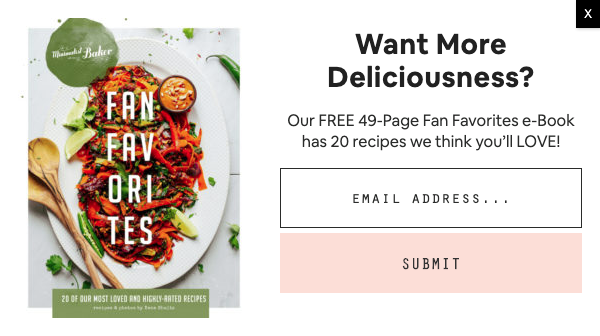
2. Set your email marketing goals
Before starting your email marketing campaign, it’s important to define your
purpose. Without having a goal to accomplish, you risk running after meaningless
accomplishments. You can define your goals by asking yourself these questions:
Who are you sending your emails to?
This will help you ensure each campaign you send is directed towards the correct audience. By ‘correct audience’ we mean, individuals who would be interested in receiving emails from you. Knowing who to target with your email campaigns begins with sorting your subscribers based on categories such as their age, location, buying habits – whatever data is most important to your business.
What action should your email recipients take?
This question will help you define the call-to-action (CTA) of your campaign. For example, if you send an email to get people to register for your event, your CTA will be a link to register.
What are the benefits to the recipients?
If your subscribers take the intended action, what benefit will they receive from? Keeping this question in mind you can more effectively create the content for your email campaign. Make sure to state the benefits clearly and keep the language convincing and positive.
3. Define your audience
To develop effective marketing communication strategies, you must identify your target audience. By doing so, you can direct your email marketing campaigns to the people who may find your products and services interesting. You can find your core audience by answering these questions:
- What problem are you solving?
- What product/innovation are you offering to solve that problem?
- Which audience group is your competitor targeting?
4. Segment your email subscribers
Once you know which group of people you want to target with your email campaign, you’re ready to create a segmented list of your email subscribers. By dividing your customers into segmented groups based on their interests, gender, purchase history, age-group, preferences, activity level – for example, you can create personalised emails for each group.
Here are some segmentation strategies you can use for your business and to improve customer retention.
Collect information during the sign-up process
A lot of important information about your customers can be obtained in the sign-up process. But be careful not to make the sign-up process lengthy as it will deter people from signing up. Include only the most essential questions in the sign-up process. For example, if you are a clothing manufacturer, gender and age would be important demographics for your business.
Send out a survey
Another good way to collect information about your email subscribers is by sending out surveys. To encourage your subscribers to take your survey, you can offer an incentive for completing it. Or turn your survey into a fun quiz, like the example below that uses picture choice questions to keep respondents engaged. You can also use quizzes to generate leads and get people on your mailing list in the first place.

Track email engagement
Track your email open rate and CTR to segment your customers into active and inactive subscribers, and target them accordingly.
Past purchases
By segmenting your customers based on their past purchases, you can send them recommendations for products that are similar to their past purchases.
5. Personalise your email content
Once you have segmented your subscribers, create personalised emails relevant to
different segments of your subscribers. For example, if you own a cheese business, you could send different emails to different subscribers based on their preferences. To your vegan customers, you could send offers relating to your vegan products. To those interested in goat’s milk cheese, you could send emails containing information about these products instead.
To establish a connection with your customers, you can also address them by their name in your emails. Take a cue from this personalised email from Grammarly.

Email personalisation not only helps you achieve high open and click-through rates – it can also increase your revenue. According to research, 80% of buyers are more likely to purchase from vendors who send personalised emails to their customers. So take the time to get to know your customers well, and understand their pain points and needs to create email campaigns that directly speak to them.
Also, don’t forget to send emails to your customers on their important days to remind them that they are special to you and your business. Send your customers birthday emails, anniversary emails and holiday emails, and include a gift or reward to add that extra special touch.
6. Optimise your emails for mobiles
In this age of smartphones and smart devices, when people are always checking emails on the go, it’s important to make your emails mobile-friendly. In 2023, up to 78% of email opens occurred on mobile. This means that if you’re not making your emails mobile-friendly, you’re missing out.
There are many tools available today that you can use to see how your emails will look on various devices. In the below example, the email contents look sharp and well-aligned whether the email is viewed on mobile or desktop.
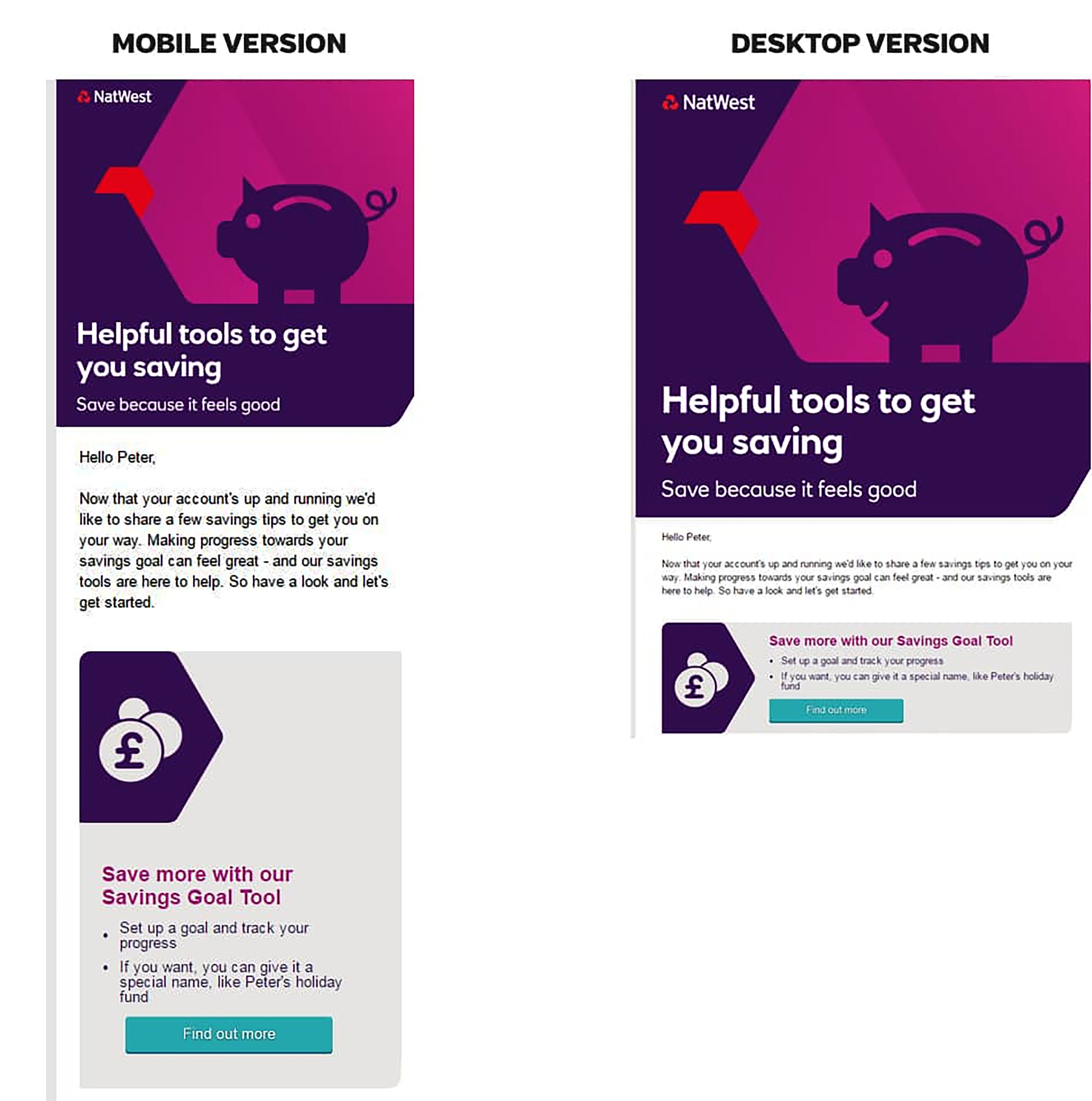
7. Make your email content effective
As a small business, you don’t get many chances to capture the interest of
customers. So make every email you send the best it can be by following these best practices:
- Make your subject lines enticing – your email subject line has a big impact on your email open rate. So make your subject line compelling by creating urgency, curiosity, FOMO, and by including a giveaway or discount.
- Keep the email copy short and simple – be clear and concise in your writing so that people can read through the main points easily, even if they are busy. Use bullet points, subheadings and highlight keywords to make your email scannable.
- Use images creatively – with great images you can grab the attention of your customers easily, without using too many words.
- Make your content shareable – include social sharing buttons in all of your emails so that your content can be shared across social media platforms.
8. Send the right number of emails
Send your marketing emails frequently, but don’t overdo it. The aim is to stay at the front of your customer’s mind without being spammy. Find the right frequency that works for your business.
Statistics indicate that the average order count goes up when businesses, especially online stores, send up to 19 emails per month. But the best frequency will vary by business. So it’s good to experiment with different frequencies to see which makes the biggest impact to your business.
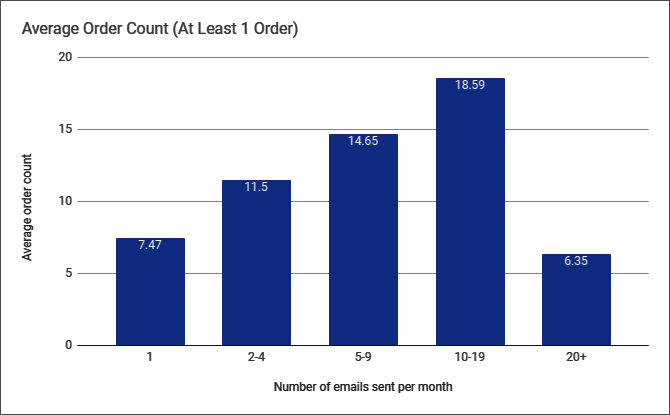
9. Use email automation
Small businesses have to juggle many different tasks at a time. Which means it can be difficult for business owners and marketers to create and send emails manually to customers. Thankfully, email automation helps free up a lot of your time so you can focus on other aspects of marketing and growing your business.
The advantage of using email automation and drip campaigns is that you can automatically send emails to your customers on a set schedule, without costing you much effort on day-to-day basis.
There are many useful email automation tools available, like the one offered
by EmailOctopus that creates email sequences to engage your customers from the
moment they become a part of your email list.
10. Track the results
Once you start sending emails to your subscribers, it’s important to track the results,
analyse the data, and optimise your email marketing strategy accordingly.
As a small business, it is important to make sure you are not spending your money on
futile activities. By tracking the results, you’ll know what works for your business and what doesn’t.
Here are some metrics to track to make your email strategies even more effective:
- The number of people that opened your emails
- The type of email most people responded to
- The emails which got the maximum open rates and CTR
- Which strategies worked the best for your email campaigns
Summary
One reason why email marketing is so effective for small businesses is because of its accessibility and visibility. Any business, even ones on a shoestring budget, can kickstart their marketing using the power of email. But remember, your email marketing strategies need to be right from the start to build a loyal customer base and attract new prospects.
Using the 10 tips shared above as a guide to email marketing, you can start your marketing campaign on the right foot and catapult your small business to new heights in a very short time.
About the author
Kristin Mortis is a Marketing Manager with 8+ years of experience at TDInsights based out of Plano, Texas. She helps businesses deliver the strongest marketing turnaround with cutting-edge digital strategies and tools. She writes about B2B Marketing, Big Data, Artificial Intelligence, and other technological innovations. Connect with Kristin on Twitter to learn about the emerging practices being implemented in the B2B segment. This blog was originally published on 23 February 2021 and updated on 27 June 2024.


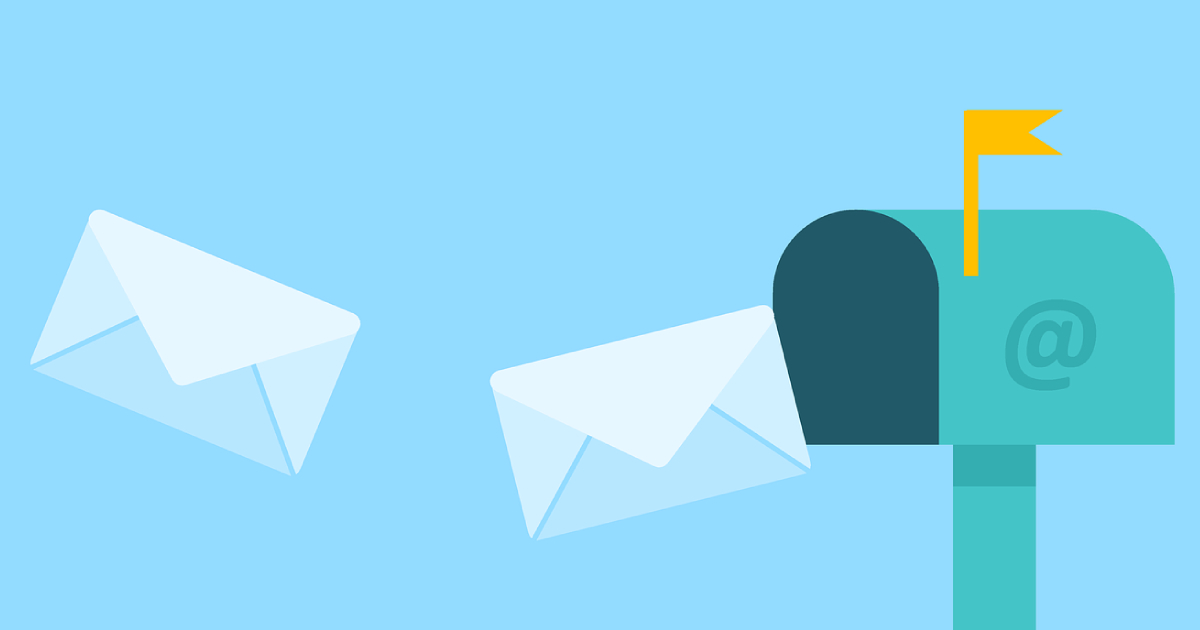
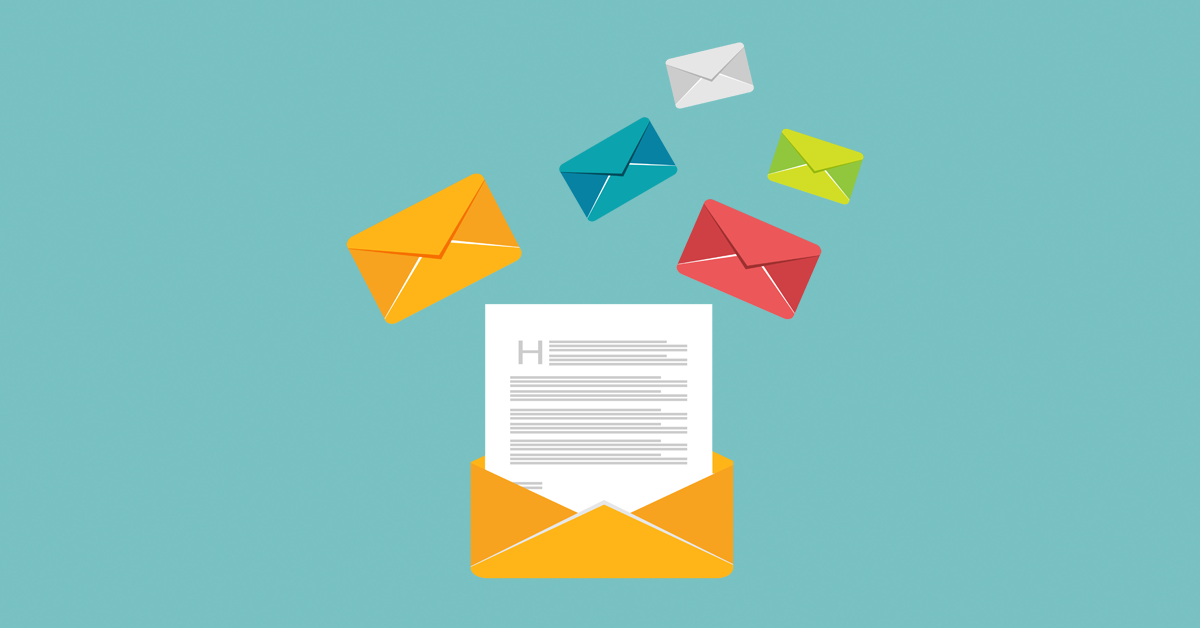

People reacted to this story.
Show comments Hide commentsThis article is a goldmine of actionable email marketing strategies for small businesses! The tips are clear and practical, making it easier to drive growth through effective email campaigns. Great job!